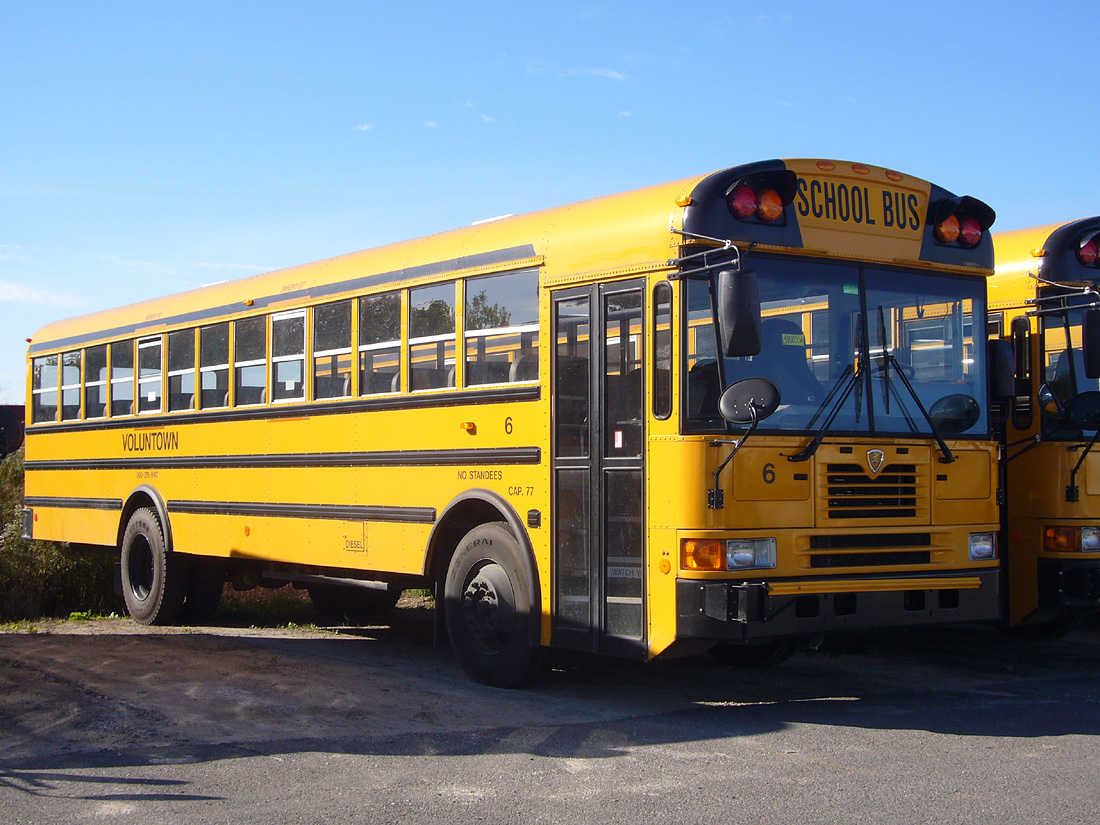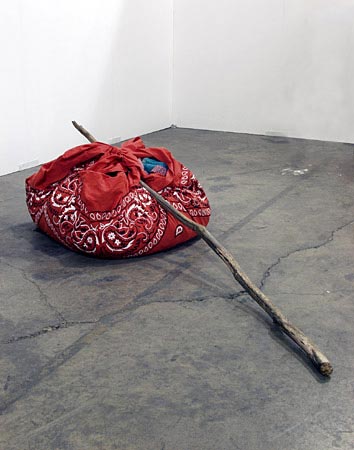Part 9; Chapter 4: “Schooling” – Concatenations &
Ecologies; Knapsacks & Echoes – and Bindles & Buses?
Further, Geoffrey
Canada praised the book on the back of its dust jacket. Canada, president of
the Harlem Children’s Zone, is known as a successful education reformer due to
the type of charter school he helped create in New York. Canada has kept his school
successful in part by finding ways to remove students from the school when they
fail to perform. Both Canada and Putnam
are Harvard men, Canada via graduating from the university and Putnam via
working there. Harvard brazenly positions itself at the intersections of
schooling, corporate initiative and entrepreneurial education, so I worried
Putnam might follow the lead of many other alternative schooling advocates and
place the blame for growing income inequality within and across races squarely
on the shoulders of America’s public education system.
Thankfully, he does not.
He admits that “central question[s]” of the chapter are “Do
schools in American today tend to widen
the growing gaps between have and have-nots kids,” do they reduce them, or do they “have little effect either way?” and if
schools do affect mobility, “are they causes
of class divergence of merely sites
of class divergence?” (160). His findings suggest that many of the elements of
schooling which education reformers are quick to tout as the reasons schools
are failing their communities -- bad
test scores and poorly-educated teachers, for example – are not reasons the
opportunity gap continues to grow. In short, schools reflect growing
socioeconomic stratification, but, generally speaking, are not a cause of it.
Kids are more likely to suffer from extenuating
circumstances affecting their schooling than from schools themselves. For
example, Putnam discusses how kids from more-educated parents might have access
to more “institutional savvy” when it comes to navigating course selection,
extracurricular participation, or knowing what it takes to get into college
(157).
Regarding standardized testing, many conscientious educators
have known for years that such tests’ scores correlate most strongly with zip
code, salary, and education. That is to say that most standardized tests tell
us very little about learning but tell us much about what part of town in which
a kid lives and how much money and education his or her parents might have.
Citing a study by Stanford’s Sean Reardon (For what it is worth, Stanford has a
reputation for entrepreneurial education reform as well as does Putnam’s home
university), Putnam points to a “widening class gap in both math and reading
scores among American kids in recent decades” (161). As with many other aspects
of American living, “this class gap has been growing within each racial group,
while the gaps between racial groups have been narrowing” (161). Unlike many of
the other factors in which this scissor effect is apparent, test scores do not
matter that much in the long run, anyway, though certainly current education
policies push parents and teachers into thinking they are more important than
they are.
Indeed, Putnam says of Reardon’s study that it suggests “that schools
themselves aren’t creating the opportunity gap: the gap is already large by the
time children enter kindergarten” (162).
Despite evidence that schools do not seem to perpetuate
mobility gaps, multiple studies suggest “exceptionally wide differences in
academic outcomes between schools attended by affluent kids and schools
attended by their impoverished counterparts” (163). If schools are not
nurturing this inequality, what is?
Putnam points first to “residential sorting” (163), the
housing segregation he mentioned in previous chapters and which I have
discussed in previous reflections. Neighborhood reputations and even housing
costs are associated with “good schools” in the competitive American mindset.
With communities more segregated by income than ever before, so much so that
Putnam claims well-off kids may never see poorer kids and therefore be less
likely to recognize that poverty exists or sympathize with those less
fortunate, compounding social inequities, is it surprising to note that poor
kids and more-affluent kids attend separate schools at greater rates now than
in the 1950s Putnam glorifies (163)?
Anticipating that advocates of school choice might interpret
this information as relevant to their agendas, Putnam states that school choice
would “not likely” make a difference to the lower-class kids he profiles in his
chapters. Yet again my worries that pro-education reform sentiments would
proliferate in this chapter were proved unfounded.
Turning to the work of Orfield and Eaton, Putnam reveals that,
often, “poor kids achieve more in high-income schools” and this phenomenon is a
consistent research finding. Indeed, some studies suggest high school kids’
learning may correlate more strongly with their classmates’ family
backgrounds than with their own (165)!
 |
| Immediately, I thought of busing along socioeconomic lines as a possible solution to social mobility inequity. Putnam does not mention it, however. Why? |
Based on this consistency, I have to wonder if a new wave of
busing regulations need to be introduced in public education. Is it time for
socio-economic busing?
Much evidence suggests busing programs helped desegregate
schools by race, obviously, and that, perhaps less obviously, desegregation was
positive for minority students and for school populations overall. Could
busing poor children to affluent districts and affluent students to less
affluent districts be a concrete means of addressing the growing housing and
community segregation Putnam sees in American society, a means of returning
American adults’ mindsets to those that see all kids as their kids? Perhaps,
but, puzzlingly, Putnam never mentions busing along socioeconomic lines in Our Kids.
Instead, Putnam tries to explain why “the socioeconomic
composition of a school seem[s] to have such a powerful impact on its students”
(165). He assumes some may hypothesize that school financing must offer some
explanation. Since schools in richer districts have more money via higher
 |
| Can the most famous part of this text be a means of exploring poverty? Is the parallel to the stresses of war and the stresses of poverty fair? |
Rather -- recall the quote about kindergarten from above
paragraphs – “the things that students bring with them to school” matter much
more regarding opportunity gaps. The plight of poor American school children is
much less akin to any Jane Austen novel and more akin to *Tim O’Brien’s The Things They Carried. *
Schools in affluent areas have more
parental involvement and may house kids less affected by drugs, homelessness,
crime and other heavy stresses. This means kids are influenced by fewer
children experiencing these odious aspects as well. Parents in high-income
areas “demand a more academically rigorous curriculum” (168) – probably because of their institutional
savvy! As many as three times the number of AP classes are offered in
higher-income area schools compared to others, says Putnam (168). While state
financing may not exacerbate inequality, what Putnam calls “para-school
funding” does (167). More affluent communities are able to pour more funds not
allocated by the government into schools. In this instance, kids in
lower-income schools suffer because of what they can’t carry: extra income.
Peer pressure is noted as important too. That is, kids contribute to a school’s
culture as one in which there is a drive to do well. But, as Putnam reminds,
this mindset also most likely derives from the standards set by affluent
parents (169).
 |
| The In/Visible Bindle as metaphor for the things poor kids carry and for what they can't carry to school. Too on the nose or perfect for a poverty-first social justice agenda? |
A “concatenation of disadvantage” – the things they carry
and the things they cannot carry – keeps kids from doing as well as they could
if they had more access to wealth and opportunity (171). The concatenation of
disadvantage, comprised of multiple stresses, “intrude[s] into the classroom in
high poverty schools,” says Putnam in a particularly poignant and poetic turn
of phrase. Whereas I might continue the O’Brien reference to embrace an
economics-based version of Peggy McIntosh’s invisible knapsack – the binding
bindle? – Putnam rebrands these disadvantages as “ecological challenges” facing
high-poverty schools (173).
These ecological stresses affect teachers too, and Putnam
does parallel the thinking of education reformers who want the public to think
the teacher is the most important element of a classroom in so much as he says
that teachers may contribute to low-income schools’ producing lower-achieving
students, but he does not place blame on the teachers’ shoulders but on the
concatenation, the ecology, the brew of stresses, the “climate of disorder and
even danger” that affects them and their students and contributes to low morale,
burn out, and high turnover (173).
To sum, when it comes to the question of whether schools
contribute to the opportunity gap,
The answer is this: the gap is
created more by what happens to the kids before they get to school, by things
that happen outside of school, and by what kids bring (or don’t bring) with
them to school…than by what schools do to them. The American public school
today is a kind of echo chamber in which the advantages or disadvantages that
children bring with them to school have effects on other kids. The growing
class segregation of our neighborhoods and thus our schools means that
middle-class kids…hear mostly encouraging and beneficial echoes at school. Whereas
lower-class kids…hear mostly discouraging and harmful echoes (182).
Echoes. Loud enough to make one want to scream. Or to start
up some buses, perhaps?




No comments:
Post a Comment